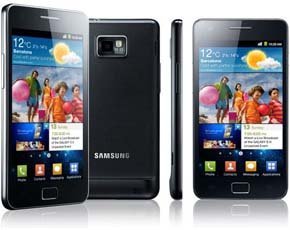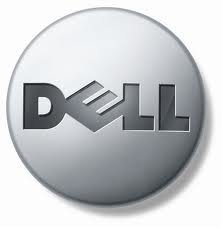New processor designs boost graphics to speed up Windows:
New processors from AMD and Intel will provide the horsepower for next generation desktop applications, that could previously only run on specialist workstations.
Integrated chips used to be the poor cousins of dedicated systems. PC manufacturers offered low-cost PC hardware – with integrated sound and video chips – that were lower cost than machines equipped with dedicated audio and video hardware.
But these integrated devices balanced cost with performance, and it was the performance that often suffered as a result of design compromises.
The industry has moved on and the integrated chip design, now called System on a Chip (SoC), is set to provide processing, graphics and multimedia in the next generation of PC and hybrid PC/tablet devices.
Intel's approach is called IntelHD, which offers built in graphics, although its performance is inferior to dedicated graphics processors (GPU) according to industry benchmarks.
The company did attempt to develop its own GPU, code-named Larrabee, but this project has been dropped. However, the latest Atom SoC design, the z2760, which will power the new Dell, Fujitsu, HP Asus and Acer Windows 8 Pro tablets, uses the Imagination PowerVR graphics core chip to improve graphics.
In its market trends report for electronic equipment published in July 2012, analyst Gartner noted that graphics processing units (GPUs), digital signal processors (DSPs) and other specialised cores will take centre stage in future SoC designs.
“The importance of multimedia content to a broad variety of electronic equipment makes the ability to manage the presentation of the content critical. For most processor architectures, this is now handled by a graphics processing core that manages the resolution and the quality of the images rendered.”
Integrating the GPU onto a SoC design will enhance the performance in future application processor units, according to Gartner.
This is exactly what AMD has been developing since it acquired graphics card maker ATI, in 2006.
“We put a GPU right beside a CPU core," says Adam Kozak, AMD client desktop product marketing manager. "We are implementing AES encryption (256-bit), up to four processor cores,and HT7000 graphics, all on a single chip.”
According to Kozak, graphics processing is the chipmaker's strongest area. He says the design philosophy of the company is to concentrate on developing high-performance chips at a low cost.
The latest so-called APU chip provides 4.2GHz on the CPU, 8GHz on the GPU, which, according to AMD's data, is capable of delivering 736 GFlops.
But does a PC need all this processing power, just to run Windows 8?
Kozak believes so. Microsoft is using its DirectX graphics interfaces to speed-up rendering of the Windows 8 user interface and Office 12 also makes use of graphics acceleration. He says that in Windows 8, the AMD processor can display three monitors from a single chip, without the need for additional graphics cards.
There is growing interest in using the powerful GPU in a PC to run supercomputer-like applications. In fact, graphics card maker Nvidia has developed Cuda (Compute Unified Device Architecture), an architecture for running computationally intensive applications on the multiple cores in its high-performance graphics card family.
But Cuda is proprietary to Nvidia. Kozak says the new Microsoft DirectCompute programming platform will enable application developers to target the CPU and the GPU in standard way, not just on Nvidia GPUs. This will mean applications can take advantage of the raw processing power available on the high performance GPU core that now resides in the AMD SoC designs.
As an alternative to Microsoft DirectCompute, applications can also use the OpenCL programming interfaces, which effectively does the same thing. Image-processing applications like Adobe Photoshop use OpenCL to boost performance of computationally intensive graphics rendering tasks. Kozak says the OpenCL architecture can also be used in more mainstream applications, like Winzip, for speeding up the compression and decompression of zip files.




















